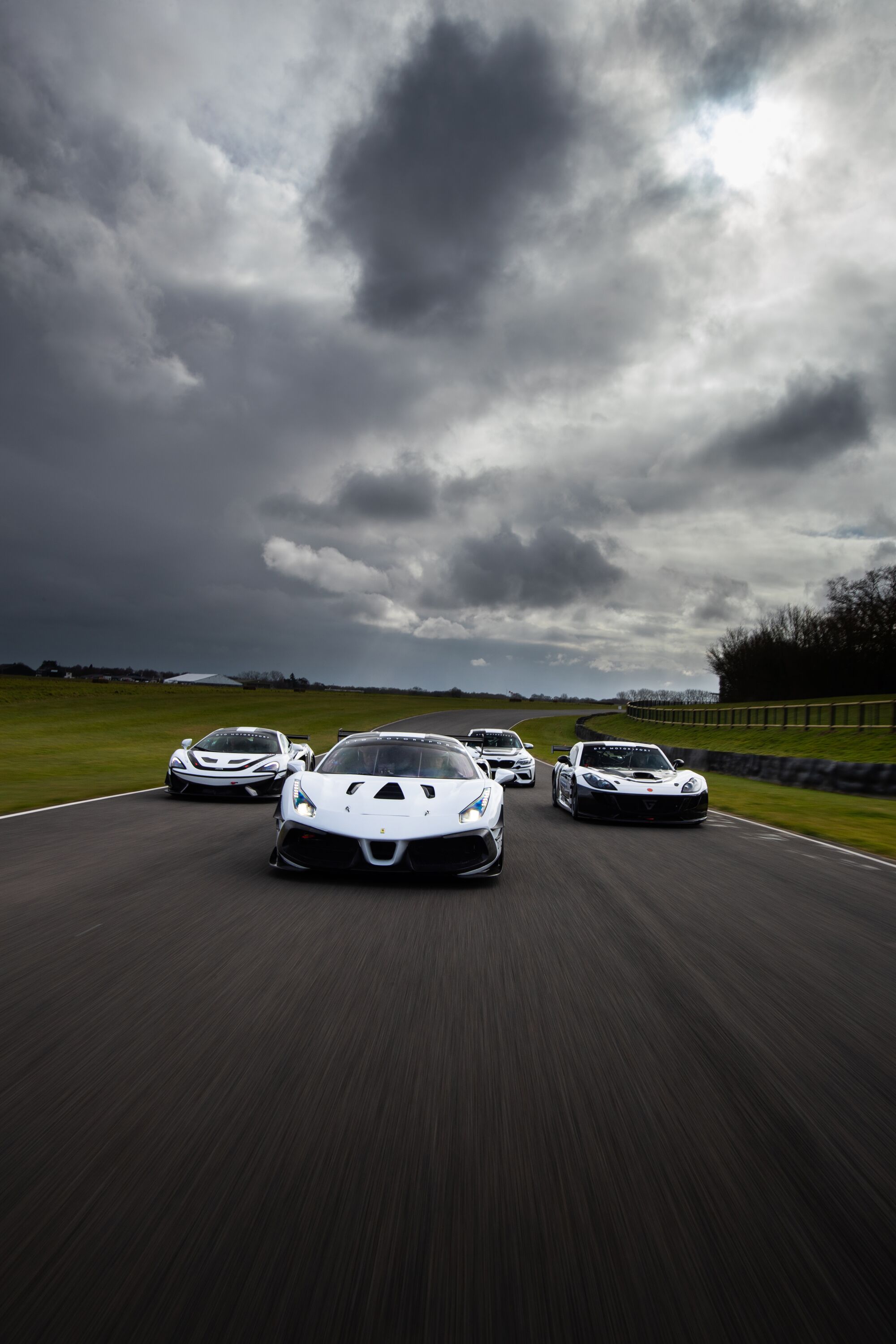Sebring is a place of names and legends
Kristensen, Fangio, Cunningham, Collier and Gendebien. Sebring International raceway just drips with names covered in history and reverement. And that's just in the names of the corners.

Come away from the track map and the names keep coming. The main viewing terraces over the pit straight are Gurney and Fangio. Look at the pit complex from the front and you'll see the manufacturer that won every single running of the Sebring 12 Hour.
But what do all these names have to do with this historic raceway? And why is Sebring so proud of its history and status when other circuits spend so much money trying to become the newest of the new?

The answer lies everywhere around you the moment you arrive in this quiet lake-filled area of central Florida. Sebring is the original home of endurance racing in America, hosting a 12 hour race that has been almost continuiously taking place since 1950 – in fact there is one year it didn't happen due to the oil crisis, but even than over a 1,000 people still turned up to party – and continues to be prestigious enough to play second fiddle only to Le Mans in the world of long-distance racing.
In that time all the big names have taken part. It was Belgian Olivier Gendebien who was the first master of this great circuit. Taking the Sebring 12 Hour title an unprecidented three times in a row between 1959 and 1961. While Mario Andretti and HJ Stuck would join Gendebien as three-time champions, his record would not be beaten until the dominant Audi era of the 2000s.
In tribute to the legendary racer, who passed awy 19 years ago, one of Sebring's trickiest sections now bears his name. As the cars fly down the back straight toward the turn 15/16 complex Gendebien bend pounces as a tighter right turn straight after a super-high speed left-hand flick. The cars arrive off balance and with drivers transitioning from the smoother tarmac sections onto the rough concrete again. It's one of the toughest tests this unrelenting course has to offer – a fitting tribute to a legend.
But in this pantheon of sportscar legends where does a name like Juan Manuel Fangio come into the mix? In fact the five-time F1 champion won the 12 Hour race twice in a row in the late 1950s (just before Gendebien began his reign of wins). Each victory was taken with a legendary Italian marque and each alongside a name as famous in the world of motorsport.
In '56 the world of endurance racing was still reeling from the events at Le Mans the year before. The loss of 83 spectators and two drivers in the worst disaster in motorsport history hit events like Sebring hard. The circuit was left without a sanctioning body and doubtful as to whether it would ever see racing again. Founder Alec Ullman, whose name is now worn by Sebring's bumpy back straight, managed to pursuade the FIA to give them special dispensation to hold the race and thankfully it took place.
So arrived Ferrari on the scene, fresh with the 850 Monza and with Fangio and Eugenio Castellotti in tow. The prancing horse completed a dominant win, its star power wowing the crowds as they romped to victory fully four laps clear of any other car (a locally entered D-Type).
It was just Fangio who returned in '57, but with Maserati this time and now teamed up with Jean Behra. Again he helped an Italian marque to a one-two, as Stirling Moss and Harry Schell brought a second Maserati home in second place (and first in their class), this time just two laps clear of Mike Hawthorn and Ivor Bueb's D-Type. Now Fangio's name is take by the gently curving chicane away from the iconic hairpin. A reminder of a man whose star power helped save this once threatened track.

And what of Kristensen? Oft-monikered "Mr Le Mans" the Danish Goodwood regular could so easily be called "Mr Sebring" instead. While his record in Florida isn't as head and shoulders above the rest as it is in La Sarthe Kristensen is still the most successful driver in the 12 Hour's history. Victories for BMW in 1999 and Audi in 2000, 2006, 2009 and 2012 put him clear at the top of the pack (by one from fellow Audi stalwart Dindo Capello).
TK's corner is the second on on the track, a 90-degree right hander after the short chute from Turn One. It sets up the part of the lap on conventional tarmac and if you get it right means you're set for a good line through an important complex of corners and the run down to the hairpin. Get it wrong and your competitors will be on your tail.
Sebring is a place of history and one that recognises how much importance the past plays in its life. So many tracks on this side of the pond, and increasingly around the world, are dispensing with the idea of naming corners, sticking with a series of numbers that can be easily identified over the radio. To arrive at somwhere so original and so littered with names is refreshing. Add in the cars of the Historic Sportscar Racing Sebring Classic 12 and it's near magical.
Photography by Ben Miles.
Sebring
Sebring Classic 12 Hour
Sebring Classic 12 Hour 2017
Historic Sportscar Racing

Historic
Gallery: From '60s to 2013 – Classic Sebring 12 hour qualifying gets under way

Historic
Gallery: Racing into the sunset at Sebring is the most beautiful thing

Historic
Gallery: Trying to set the fastest time in the deepest dark





